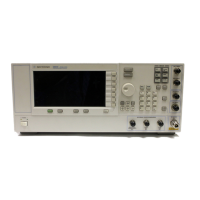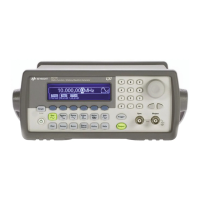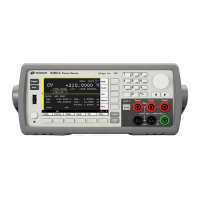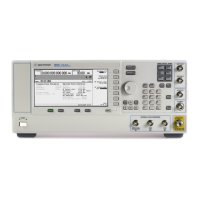Keysight CXG, EXG, and MXG X-Series Signal Generators Service Guide 149
Troubleshooting
Rear Panel BNC Connectors
Table 6-8 Rear Panel BNC Connector versus Chapter
Connectors Verification Procedure Location
A2 Vector BBG Assembly
Chapter 12, “Baseband Generators”
A3 RF Assembly
Chapter 10, “RF Assembly”
A7 Micro-Deck Assembly
Chapter 11, “Micro-Deck Assembly”

